The content of the article
Cats, unlike dogs, understand where their toilet is and regularly cope with the need for a litter box. But many progressive owners are trying to accustom the animal to the toilet, which will open at least 4 positive opportunities.
- Time saving. A person does not need to regularly clean and wash the tray, pour sand or filler into it.
- Saving money. Significant cost savings are noted on all of these diapers and cat litter. Yes, and the tray itself has a tendency to wear out in a few months, to absorb the pungent odor of cat urine, so it also takes money to replace it.
- Save space. No matter how compact the tray, but still it takes up a certain area. If it is located in a bathroom or toilet, then the tiny space becomes even more critical. And in the corridor a box with a filler will definitely interfere, especially if there are small children in the apartment who may be curious about its contents.
- Lack of smell. Now the urine or excrement of the animal can be quickly washed off by pressing the button on the tank. There will be no need for a filler, which, although it retains the liquid, but does not eliminate the specific smell of the animal.
The main thing is to remain patient, do not scold the pet, do not forget to praise him for his success. In fact, a cat by nature does not have to be able to go to the toilet, so every step he takes will be a gift for the owner.
The period for which the pet learns all the wisdom of visiting the human toilet is individual. But judging by the reviews of "experienced" hosts, even in advanced cases, training did not take more than 2 months. Of course, age plays the role - an adult wise cat, oddly enough, is easier to train in new skills than a disoriented kitten.
There are 2 approaches to how to teach a cat to the toilet. Both of them are focused on the fact that, day after day, it is necessary to move the tray closer to the toilet bowl, raise it to the level of the toilet seat and gradually completely remove it.
21 day program
The universal program is designed for those cats that are difficult to train and respond little to changes. Keep in mind that if a pet has long walked into the tray for one specific place, then retraining it will not be easy.
Day 1-11
We place a box or a tray with cat-like filling near the toilet bowl and make sure that the animal recognizes a new place and properly copes with the need.
Then every day the box must be raised approximately 1-2 cm closer to the level of the toilet seat. To do this, you can use bales of newspapers and magazines, boxes, and then a stool. The cat at this stage is forced to climb into the tray, which brings discomfort to the animal. Be sure to ensure that the toilet room is always open for the pet, and the tray is timely cleaned of dirt. It is especially important that the cat's toilet is fixed firmly, as the animal can fall, get scared and more in life do not come not only to the toilet, but to the usual tray in general. If the pet resists and does not want to climb into the toilet “on a raised platform”, marks in the corners or shoes, then it is necessary to return to the initial stage and fix the results without lifting the box.
Day 11-13
The tray is compared with the level of the toilet seat and left in this position for a couple of days. The cat begins to get used to the toilet, its color, texture, smells and location. It is important to make sure that the box is firmly installed at the level of the toilet seat.
Day 14
The box with the filler is moved towards the toilet seat for a couple of centimeters. It is necessary to ensure that 20% of the tray is already located on the seat.Observe the cat's reaction to see if she has any inconvenience from the smells of the human toilet.
Day 15
The tray must be moved so that 70% is on the seat. Securely fix the animal's toilet seat, since with such an arrangement, the risk increases that the cat with its own weight will fill the structure inside the toilet, which will forever discourage the desire to try to cope with it.
Day 16
The pet tray is installed completely on the seat using tape or rope. The box should be tightly attached, not displaced, and should not shake under weight. For a couple of days, hold the tray on the toilet seat and quietly observe how the animal goes to the toilet, whether surrounding objects or sounds bother him.
Day 17-18
It is considered the most responsible day. The cat must be mentally and physically prepared to use the human toilet. At this stage, it is necessary to reduce the pet’s dependence on artificial fillers for cat litter, sand.
The owner removes the box and the constructed stand from magazines and newspapers, hides it all away from the cat. The animal cannot find the old toilet.
Then the lid and toilet seat rises, a wide plastic plate of elastic material is taken and fixed along the edges of the toilet bowl and across. Attention: the plate should bend slightly under the weight of the animal! On top of it, you need to put a small dish with filler, purely for the look. The toilet seat can then be lowered. The cat will hear the usual smell, see the container and jump into the chair. Seeing that there is no favorite tray, she will begin to bridge for a long time and spin around the seat, but in the end she will cope with the need for a plate with dishes, while she will confidently sit on the edge of the seat. If the cat is nervous and afraid to go to the toilet, then close the door to the room and leave it to be mastered, do not distract.
As soon as the pet repeats the procedure several times, the whole combination of jumping, finding balance on the toilet seat and feeling of relief will create and strengthen the skill of new behavior.
Do not forget to change the plastic strip after each urination of the animal.
Day 18-19
A hole with a diameter of about 50 mm must be made inside the strip. Around it on the plastic itself, distribute a little filler (for smell). The cat should jump again, gain stability and try to do its job in the hole. Now the animal should get used to the splashes and smell of water.
Day 19-20
The hole in the plate must be expanded by another 30 mm. Around do not forget to sprinkle sand or aggregate, but in a smaller volume.
Day 20-21
The cat gets used to the toilet seat, smells and sounds, mastered, feels confident. Then the owner can completely remove the plastic partition with a filler. The stool should be left down, the lid raised, and the door to the room ajar.
Alternative option
If the animal does not want to learn according to the above principle, then you can try another way. To do this, you will need a spare removable seat. This method is more troublesome, but it will help the pet to balance better and sit more comfortably on the seat.
Training begins according to the principle described above, only 1 week before the end of the program, the spare seat will need to be laid on top of the tray. Fix the construction with adhesive tape until it is completely stable. The tray with a removable seat and the toilet should be the same size and on the same level.
If the animal began to actively use the tray, then you did everything right. Make sure that the cat has a steady reflex to go to the toilet “as expected”. Some pets learn to sit stably on the edge of a removable seat only after 2 weeks of training or later.
The remaining period of study should be conducted on the principle of "21 days." That is, the owner must remove the spare seat and secure the skills acquired by the pet.
Both the first and second systems require attention and time of the owner. But then, when your animal will self-help just like a human being, you will be proud of the results and enjoy the comfort.
Video: how to teach a cat to the toilet?

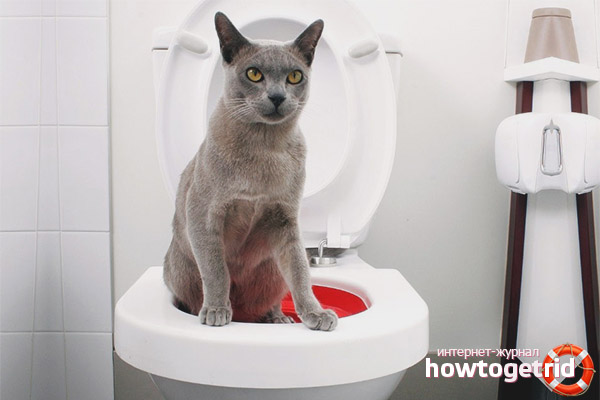

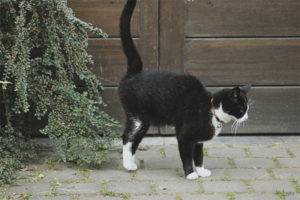


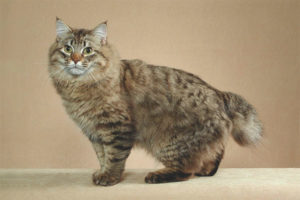
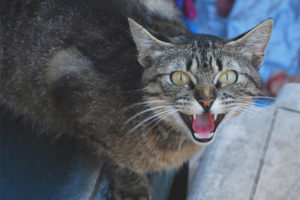
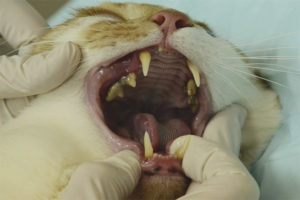
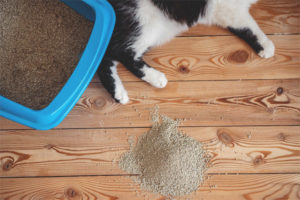
Submit